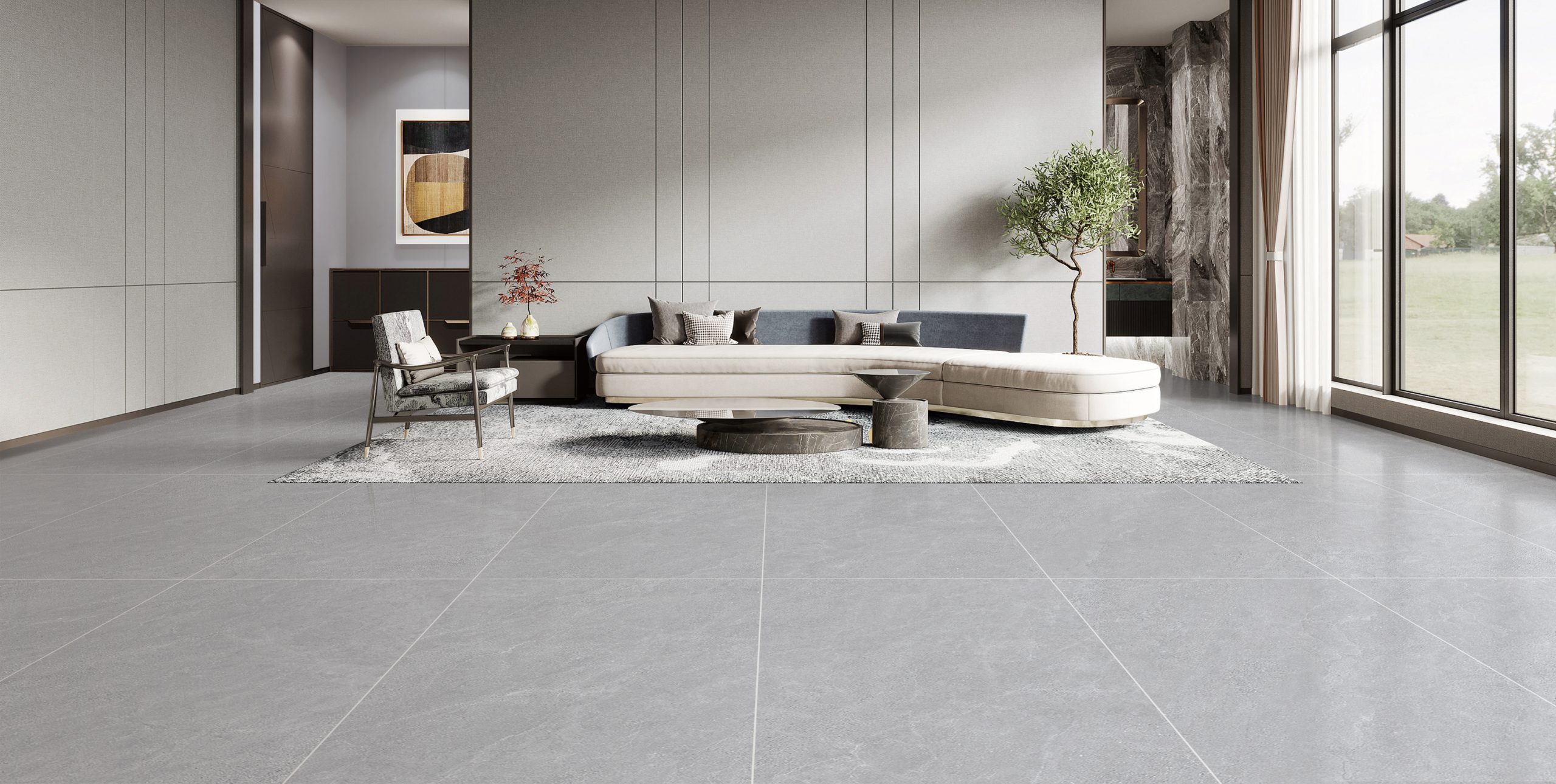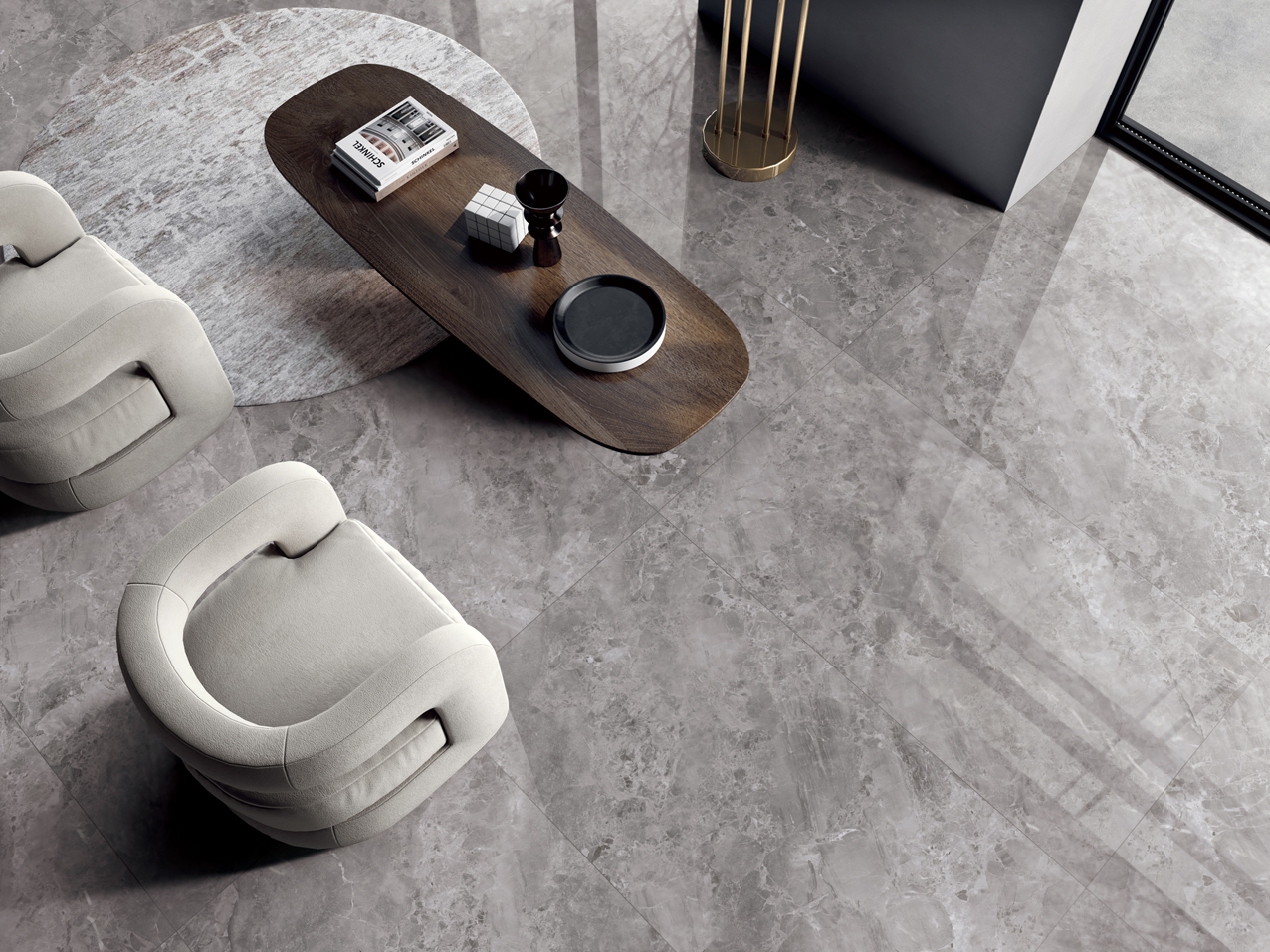
The Ultimate Guide to Tile Maintenance: Keep Your Tiles Gleaming and Extend Their Lifespan
Tiles are a common and durable material in home decoration, but daily use and improper cleaning can affect their appearance and longevity. Mastering the right maintenance methods will keep your tiles looking new for longer. Here are the key steps:
-
Daily Cleaning is Fundamental:
-
Use a soft broom, vacuum cleaner, or electrostatic mop to remove surface dust, hair, and debris.
-
When mopping, use a neutral pH cleaner (such as dedicated tile cleaner or diluted dish soap) and warm water. AVOID strong acidic (e.g., toilet bowl cleaners) or alkaline (e.g., lye) cleaners, as they can corrode the tile glaze and grout.
-
After mopping, always dry the tiles with a dry mop or cloth, especially matte or textured tiles, to prevent water spotting and bacterial growth.
-
-
Tackling Stubborn Stains:
-
Common Stains (Food, Beverages): Wipe up spills immediately with a damp cloth. For dried stains, cover with a wet cloth to soften before wiping.
-
Grease/Oil: Apply a small amount of alkaline cleaner (e.g., diluted degreaser) or a paste of baking soda to the stain. Let it sit briefly, then gently scrub with a soft brush or nano sponge. Rinse thoroughly with clean water.
-
Rust Stains: Use a dedicated tile rust remover (ensure it’s mild) according to instructions. Avoid using chlorine bleach directly on rust caused by metal contact (e.g., steel wool), as it can worsen the rusting.
-
Ink, Marker: Try wiping carefully with rubbing alcohol or a dedicated cleaner.
-
Cement/Grout Residue: Wipe away uncured residue immediately with a wet cloth. For cured residue, use a dedicated residue remover or carefully scrape (protect the glaze).
-
Important: Always test any cleaner on an inconspicuous area first to ensure it doesn’t damage the tile or cause discoloration.
-
-
Preventing Scratches and Damage:
-
Avoid dragging heavy objects (like furniture) directly across tiles. Lift them or use protective sliders/pads when moving.
-
Place doormats at entrances to reduce abrasive grit brought in on shoes.
-
Avoid direct impact or scraping of the tile surface with sharp objects (e.g., knife points, metal tools).
-
-
Grout Care is Crucial:
-
Grout is the “Achilles’ heel” of tiling, prone to dirt and mold. Clean it using an old toothbrush dipped in neutral cleaner or dedicated grout cleaner.
-
Keep grout dry. Ensure good ventilation in damp areas like bathrooms. If mold appears (blackening), use a mildew remover gel or diluted bleach (use cautiously), followed by thorough rinsing.
-
Regularly inspect grout for aging or cracking. Repair or re-grout damaged areas promptly to prevent water seeping underneath, which can cause tiles to loosen or promote mold growth.
-
-
Periodic Deep Cleaning and Protection:
-
Perform a deep clean every few months or biannually, depending on usage. Use a good quality tile cleaner for a thorough scrub.
-
For polished or glazed tiles, periodically (e.g., once or twice a year) apply a tile sealer or wax (use wax specifically for tiles). This creates a protective layer, enhances shine, improves water and stain resistance, and slows aging. Note: Matte and textured tiles usually do not require waxing.
-
For stone-look tiles (e.g., marble, granite porcelain tiles), use dedicated stone cleaning and care products.
-
By following these maintenance essentials, your tiles will stay clean and radiant for years to come, effectively extending their lifespan and adding lasting beauty to your home.



